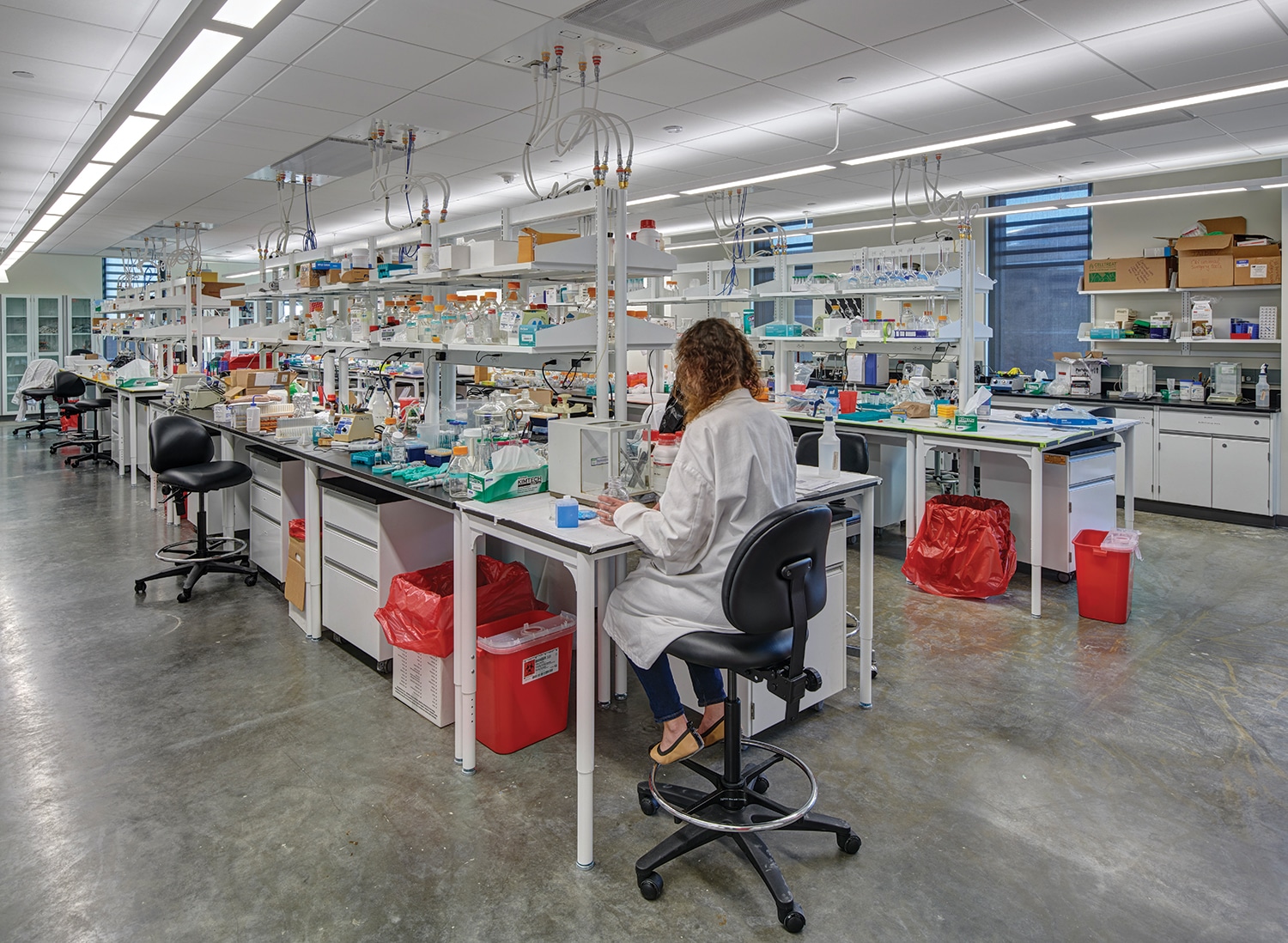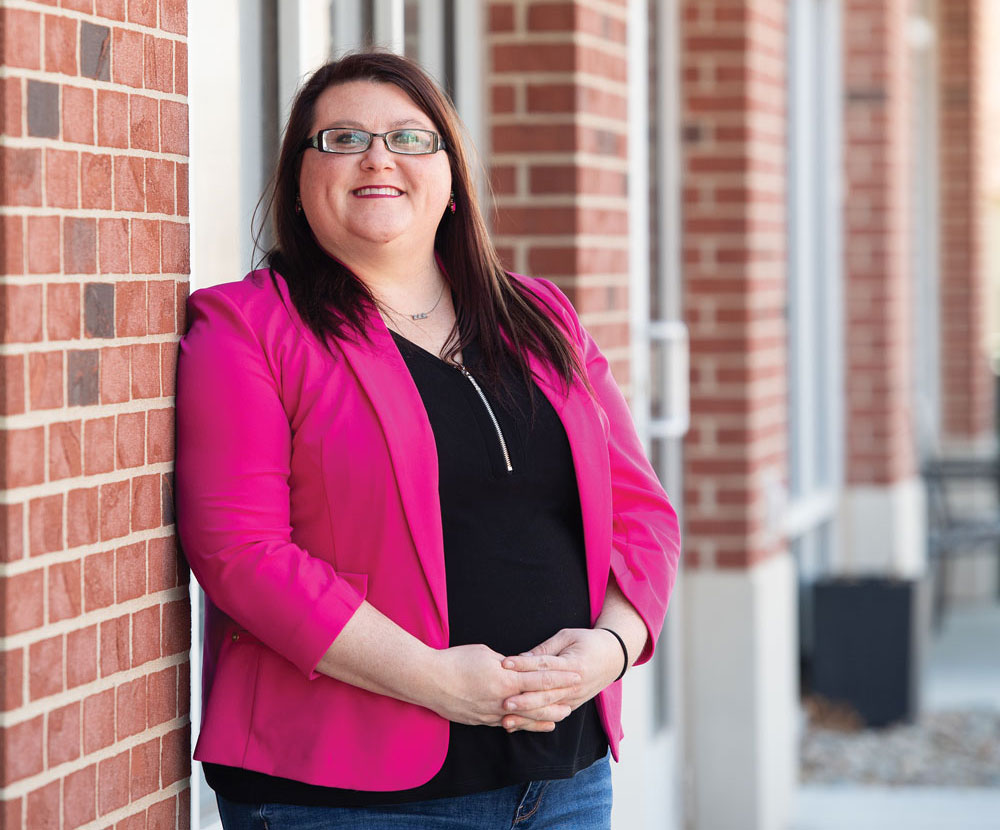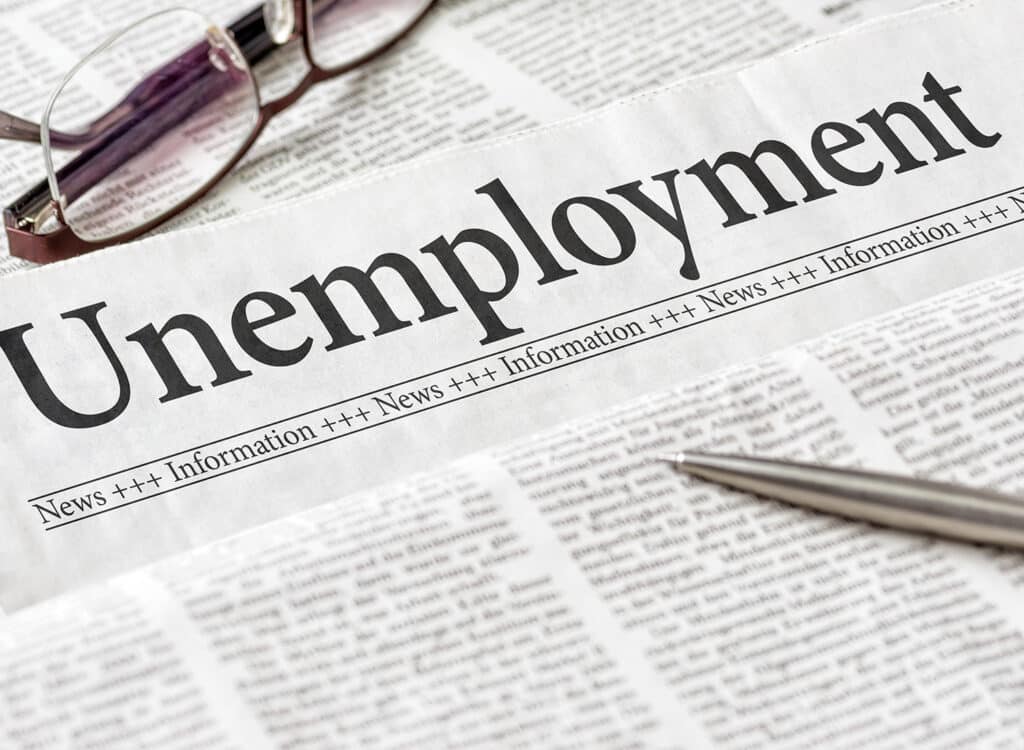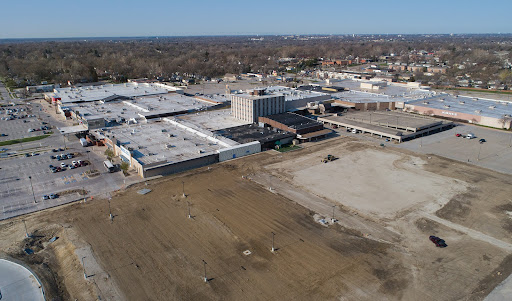Building Iowa’s medical innovation ecosystem
Leaders discuss opportunities for investment, development of health care innovation
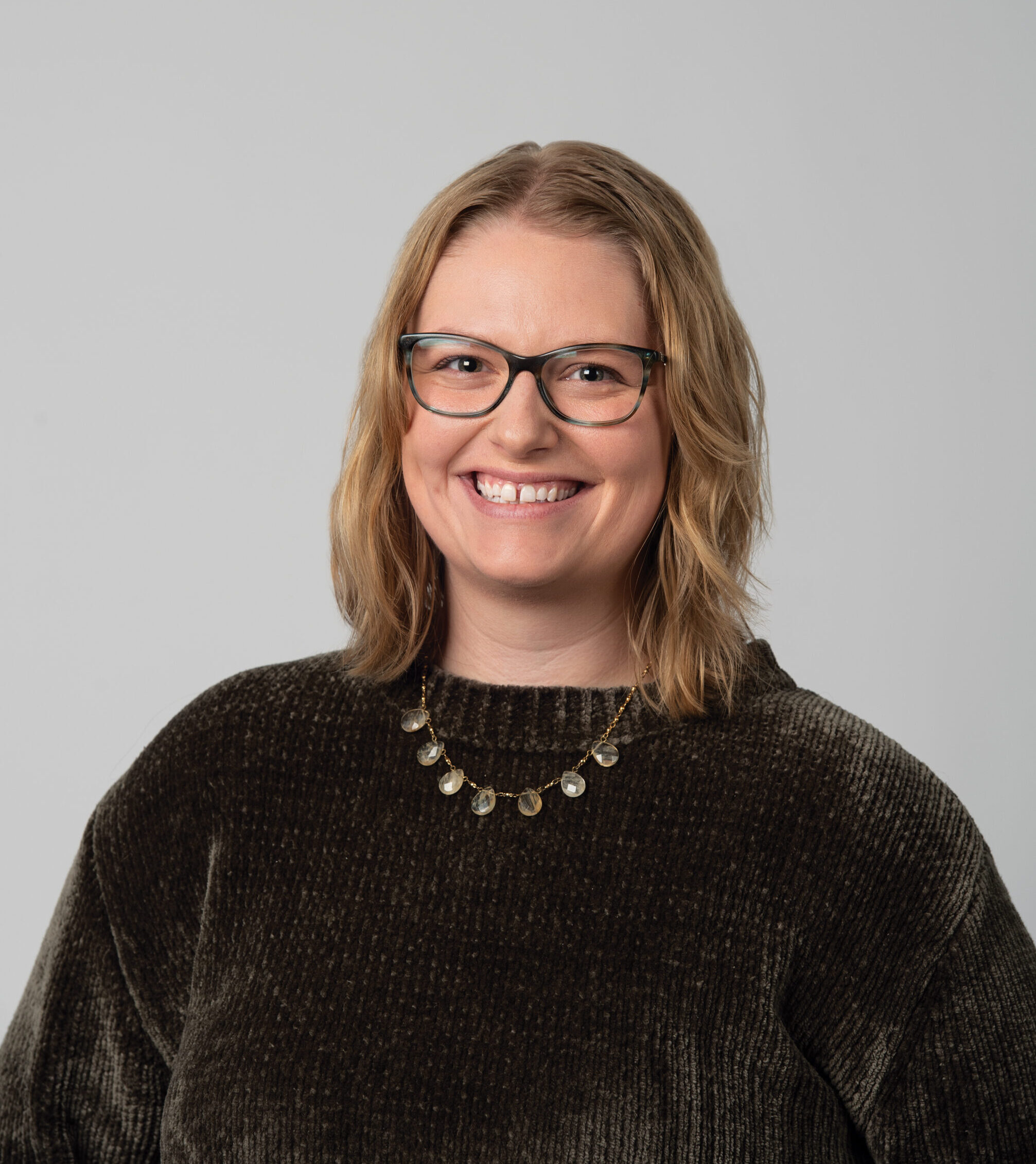
Sarah Diehn Sep 13, 2024 | 6:00 am
8 min read time
1,869 wordsEconomic Development, Health and WellnessEvery few years, the Iowa Economic Development Authority works with consultancy TEConomy Partners to assess the current state and future of the state’s top three industries: advanced manufacturing, biosciences and insurance and finance.
A 2018 report identified four bioscience sectors as emerging opportunities for Iowa. In response, the IEDA spun off a new entity, BioConnect Iowa, a public-private organization formed to help lead the strategy and execution of the bioscience platforms.
The most recent progress update, published in 2022, broadened the scope of the four platforms to better reflect the activity they represent. The platforms’ new names are bio-based products; precision and digital agriculture; vaccines, diagnostics and therapeutics; and medical innovation.
Debi Durham, director of the IEDA, said that Iowa’s reputation in the biosciences depends on the sector and that there are opportunities to bolster Iowa’s position in human health innovations, from pharmaceuticals to medical devices.
According to the 2022 report, the areas of drugs and pharmaceuticals and medical research and testing saw employment gains between 2018 and 2021, while medical devices is the only sector that saw a drop in employment and is the smallest component of Iowa’s bioscience economy.
In interviews, Durham and leaders in Iowa’s medical innovation sector shared current initiatives driving new activity in the space as well as opportunities to position Iowa for growth in the sector and build up an ecosystem to foster new ideas.
The Business Record also spoke with Jon Darsee, chief innovation officer at the University of Iowa, Donald Letendre, who retired this summer after serving as dean of the University of Iowa College of Pharmacy for 17 years, and Jon Lensing, co-founder and CEO of OpenLoop Health.
Current health care innovation efforts at University of Iowa
Iowa’s hub for human health innovation is located at the University of Iowa and its health care system and in the surrounding communities. Letendre and Darsee said part of what makes UI’s ecosystem unique is offering a wider range of health science degree programs than many other institutions.
Recently, the College of Pharmacy completed and opened its new 228,000-square-foot building. The lower level of that new facility houses the college’s business entity, called University of Iowa Pharmaceuticals.
The enterprise, also known as UIP, has a long history, Letendre said. Around the 1980s, university leadership shifted UIP’s focus to manufacturing phase one drugs for biotech and pharmaceutical companies. Today, the entity manufactures sterile and non-sterile drugs and provides analytical testing and formulation services for over 150 clients.
Letendre said the new facility created space for UIP to move into manufacturing large-batch sterile drugs such as injections.
In the future, the addition of a clinical trial center and centralizing toxicology services would give UIP everything it needs to produce drugs from start to finish, Letendre said. Housing each step of drug-making production at one company would be a quality no other enterprise in the country could offer, he said.
Darsee said the university is turning one floor of the old pharmacy building into the Medical Innovation Hive, a dedicated space with resources to help faculty and physicians develop their early-stage business ideas while staying on campus.
“We looked at innovation centers that were successful around the U.S., and when it comes to health care innovation, one of the keys was that it literally had to be walking distance from that physician’s day job,” Darsee said.
Darsee said medical innovation will likely stem from the university because of its concentration of expertise and resources. But several efforts seek to have a statewide impact.
“There are pockets of innovation for the medical space, but it’s going to be dominated over here, probably, until they get a lot bigger,” he said.
A focus for UI Health Care is to maintain small communities by creating better access to health care in rural areas. Darsee said working with partners and communities is an opportunity to spread medical innovation into areas outside Iowa City.
“I think the interactions with the other cities around the state solving some of these issues enable the opportunity for more innovation to occur,” he said.
The UI Office of Innovation’s new Nurse Innovators program aims to help nurses across the state turn ideas for new devices or practices into tangible products.
Letendre said communities surrounding Iowa City — Coralville and North Liberty — are emerging areas of activity because they are all connected by Highway 965. The university is building several health care facilities along the corridor, he said.
“At one time you had Iowa City, you had the nice little town of Coralville, and when I arrived here 17 years ago, you had this sleepy little town called North Liberty. Well, now it’s like the three are all growing together,” he said.
Opportunities to advance medical innovation platform
The IEDA is conducting a new study in partnership with TEConomy and Iowa Workforce Development to understand more about the only finding in the 2022 biosciences report that Durham found “alarming.”
The report found that Iowa’s bioscience workforce is not keeping pace with bioscience employment growth nationally. Iowa’s bioscience workforce increased by 10.4% from 2010 to 2021 while the national bioscience industry saw an 11% gain in employment in just four years, the report said.
The workforce study will focus on identifying skills and wage gaps in the bioscience sector and other targeted industries and make recommendations to increase workforce supply and demand. The report is expected to come out this fall.
“This has always been a really high-paying sector for us and that’s still true today, but we’re not sure we’re keeping up with states that we compete with, so the other part of this [is] not only to see what talent pieces are we missing, but where do we need to be more competitive at?” Durham said.
IEDA is also planning to create a Biosciences Fellowship Program that would bring in postdoctoral talent and has launched a marketing effort to recruit Iowa university alumni.
For medical innovation specifically, Durham said, a barrier to growth is that fewer investors in Iowa have the industry experience to understand how innovations could help solve health care challenges.
A “long-term play” to change that is inviting groups of venture capitalists to events to experience Iowa’s innovation ecosystem, she said.
“Communities host site selectors all the time when they want to showcase their community. We should be doing the same thing with venture capitalists,” she said.
The University of Iowa uses a similar approach with attracting talent, Darsee said.
“I’m always hearing Director Durham say, ‘When we get people here, they like it, but it’s hard to get them here,’” he said. “We try to create symposiums and other events to bring … the expertise to Iowa and then just curate such a special experience for them while they’re here that they want to come back. We’ve had a lot of success doing that.”
Attracting large players in human health to locate in Iowa would also help foster more activity, Durham said. Letendre said UIP clients would be “keenly interested” in co-locating in the Iowa City area if stakeholders made strategic investments to attract pharmaceutical companies.
“I can tell you categorically that if we built it, they would come,” Letendre said.
Lensing said he thinks business-to-business companies like medical manufacturing “makes the most sense” to continue building in Iowa because, like pharmaceuticals, those companies can benefit from Iowa’s easy access to I-80 and I-35 and lower cost of land.
“[Des Moines] did a great job fostering the deal with Kum & Go and Maverik giving them a lot of Nationwide’s office space, getting [Maverik] to office downtown,” Lensing said. “Things need to be done like that. You need to find these manufacturing companies who are already on the brink, you need to be looking in places that are economically unsustainable for them and show them the ROI of coming to Iowa.”
Durham said that, as IEDA works on advancing bioscience innovation across the platforms, the agency will work to raise Iowa’s profile as a bioscience hub.
“If you ask people who’s top of mind in the Midwest who plays in the space, they would say Indiana,” she said. “But honestly, we have some even stronger numbers than Indiana in certain sectors, so I think it’s just they’ve done a better job of branding.”
Establishing support for early-stage health care innovation
Darsee said the most important resource for an early-stage business, according to a Gates Foundation study, is connecting with a professional who has worked in the same field.
“When it comes to somebody who has an idea, I immediately try to connect them with a professional in the field … who was on the industry side, who already had some success and could help guide the faculty,” he said.
This strategy is meant to be a sustainable way for startups in accessing worldwide talent and expertise to help move their ideas forward.
“Startups typically don’t need a CEO [who] is going to cost them a half a million dollars a year,” he said. “They need a fraction of that person; they need the expertise, but they only need a fraction of it.”
Lensing and OpenLoop Health co-founder Christian Williams moved the startup from Iowa City to Des Moines in August 2020 primarily for the larger workforce pool. They were also selected for the first cohort of Techstars Iowa and came to Des Moines to be immersed in the program.
But they didn’t encounter a strong ecosystem for early-stage health care companies, he said.
He said building a medical innovation ecosystem requires an “all angles approach,” including a coalition between new businesses moving to Iowa, new startups that have support from the entrepreneurial ecosystem and established players like local health systems UnityPoint Health and MercyOne.
“If you’re the ones living and breathing the problems every day, there is no better person to foster that innovation,” Lensing said.
An opportunity he envisions is the health systems partnering with entrepreneurs, or intrapreneurs, from the idea stage. He said their expertise and resources would help provide the mentorship and funding early-stage companies need. For ideas that advance UnityPoint or MercyOne could be the first customer.
The financial incentive for the health systems is the cost savings of solving industry problems with new solutions, Lensing said.
“You need some of those more established companies that can help foster and nurture, some of the younger ones, because otherwise those younger ones are going to go find that ecosystem elsewhere,” he said.
He said IEDA’s innovation continuum funding helps get companies from “zero to 1,” but getting the funding and guidance to move from 10 to 20 is where resources are needed.
Durham shared that, in the broader funding equation for Iowa’s bioscience sector, she sees private investment as the “missing piece.”
IEDA needs to look at further public investment, but centers of excellence such as BioConnect Iowa are typically driven by private investment and BioConnect will need to engage the private sector to achieve buy-in, she said.
“I think that’s where we have to do a better job of connecting the importance of these centers with the private sector, because that’s who needs to now kind of step up and do it,” she said.

Sarah Diehn
Sarah Diehn is editor at Business Record. She covers innovation and entrepreneurship, manufacturing, insurance, and energy.

